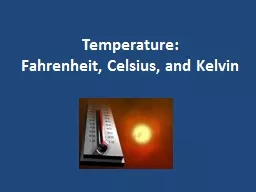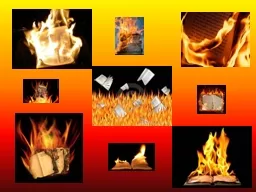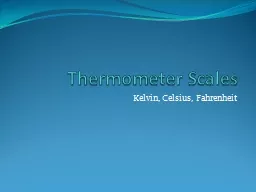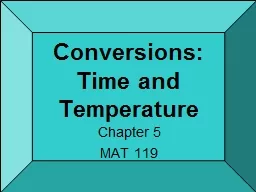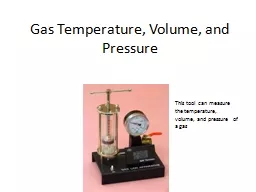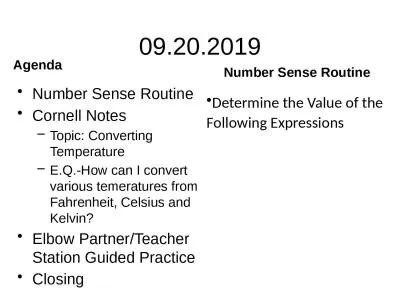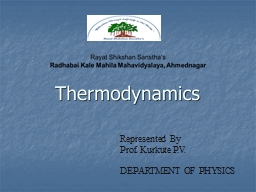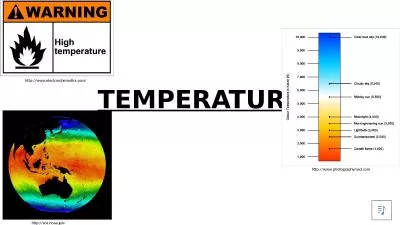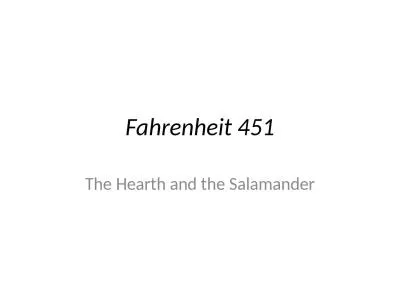PPT-Temperature: Fahrenheit, Celsius, and Kelvin
Author : giovanna-bartolotta | Published Date : 2018-09-26
Temperature vs Heat With your neighbor try to distinguish between temperature and heat Qualitatively and Quantitatively Thermal Energy Heat amp Temperature How
Presentation Embed Code
Download Presentation
Download Presentation The PPT/PDF document "Temperature: Fahrenheit, Celsius, and Ke..." is the property of its rightful owner. Permission is granted to download and print the materials on this website for personal, non-commercial use only, and to display it on your personal computer provided you do not modify the materials and that you retain all copyright notices contained in the materials. By downloading content from our website, you accept the terms of this agreement.
Temperature: Fahrenheit, Celsius, and Kelvin: Transcript
Temperature vs Heat With your neighbor try to distinguish between temperature and heat Qualitatively and Quantitatively Thermal Energy Heat amp Temperature How would you describe the temperature of a steaming cup of coffee. 00 000 5000 1000 6800 2000 8600 3000 10400 4000 12200 5000 14000 6000 15800 7000 17600 8000 19400 9000 21200 10000 Formulas To covert Fahrenheit to Celsius 1 Start with your Fahrenheit temperature 2 Subtract 32 from Fahrenheit number 3 Divi Learning Intentions . -. Today, I am going to address these College Readiness Standards in . Science. :. Interpretation of Data 13-15. Interpretation of Data 24-27. Scientific Investigation 24-27. Scientific Investigation 20-23. Ray Bradbury. Author Information. Ray Douglas . Bradbury. - . born August 22, . 1920. . in Illinois. He is a science fiction writer, but he has also earned acclaim in poetry, drama, and screenwriting.. Meteorologists study the weather in the atmosphere. Gabriel Fahrenheit – invented the Fahrenheit scale . Anders Celsius – invented the Celsius scale. Famous Meteorologists. Meteorologists use weather tools to measure weather.. Fahrenheit (. o. F. ). Celsius (. o. C. ). Kelvin (K). Temperature is…. Is a measure of average energy of motion of the particles of a substance.. The . higher. the temperature = the. faster . the particles are moving. Kelvin, Celsius, Fahrenheit. Fahrenheit. In the 1700s, G. Daniel Fahrenheit developed a scale used by meteorologists for measuring surface temperature. The scale was named for the developer, and the unit of measure has become known as degree Fahrenheit (F°). Chapter 5. MAT 119. 2. Objectives. Convert between traditional and international time. Convert between Celsius and Fahrenheit temperature.. Introduction. Time. is an essential part of the drug order.. Ray Bradbury (1920-2012). As a child, Bradbury recalls an intense fascination with monsters, magicians, and adventure films.. He began writing stories at the age of 12.. He wrote for Alfred Hitchcock and . This tool can measure the temperature, volume, and pressure of a gas. What is temperature?. All particles in all things are moving at all times, but some faster than others. Temperature measures the average speed of the particles in something. Cornell Notes. Topic: Converting Temperature. E.Q.-How can I convert various . temeratures. from Fahrenheit, Celsius and Kelvin?. Elbow Partner/Teacher Station Guided Practice. Closing. Number Sense Routine. P.V.. DEPARTMENT OF PHYSICS . Thermodynamics. Temperature, Heat, Work. Heat Engines. Introduction. In mechanics we deal with quantities such as mass, position, velocity, acceleration, energy, momentum, etc.. http://www.photographymad.com. http. ://sos.noaa.gov. What scales are used to measure TEMPERATURE?. TEMPERATURE SCALES. Fahrenheit scale. Invented in 1724. Named after German physicist, Daniel Gariel Fahrenheit. Turn in F451 Vocabulary 1. List 1. Docile. Frugal. Idiom. Keen. Obsolete. Pompous. Prudent. Remnant. Scruples. Turmoil. Ambiguous. Discern. List 2. Elicit. Humble. Incremental. Monopoly. Recurrence. Tact. LECTURE. . OUTLINE . 19.1 . Temperature and the Zeroth Law of . Thermodynamics. 19.2 . Thermometers and the Celsius Temperature . Scale. 19.3 . The Constant-Volume Gas Thermometer and the Absolute Temperature Scale.
Download Document
Here is the link to download the presentation.
"Temperature: Fahrenheit, Celsius, and Kelvin"The content belongs to its owner. You may download and print it for personal use, without modification, and keep all copyright notices. By downloading, you agree to these terms.
Related Documents

